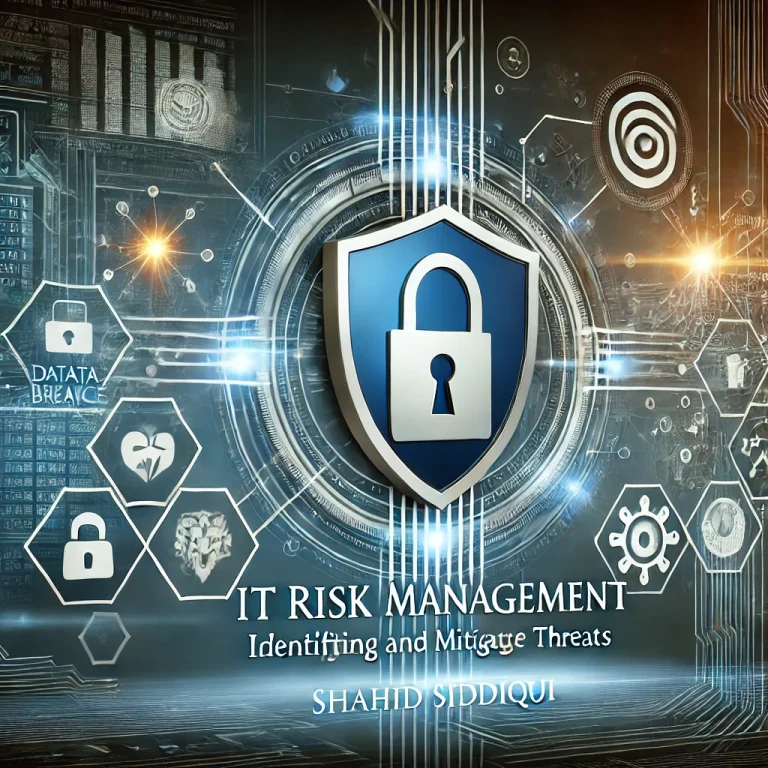Fire Detection and Suppression Systems: Ensuring Safety in Critical Facilities
Fire safety is an essential aspect of protecting lives, property, and critical infrastructure. Advanced fire detection and suppression systems play a pivotal role in identifying potential hazards and mitigating fire risks effectively. This article provides an overview of key components and strategies for implementing reliable fire safety measures.
Smoke and Fire Detectors
Smoke and fire detectors are the first line of defense against fire hazards. These devices sense smoke or fire and activate audible alarms or fire suppression systems. To maximize their effectiveness:
- Place detectors above and below false ceilings, in ventilation systems, and cabling ducts.
- Link detectors in critical facilities to a monitoring station, such as a fire department.
- Use detectors as a supplementary system alongside fire suppression measures.
Fire Alarms
Manually activated fire alarms are vital for alerting occupants and initiating an emergency response. Key considerations include:
- Strategic placement in visible and accessible locations.
- Prevention of misuse during non-emergency times.
- Capability to trigger alarms manually, linking to monitoring stations within and outside the organization.
Emergency Power Off Systems
In cases of fire or emergency evacuations, quick power shutdowns can prevent further damage. Emergency power-off switches should:
- Be installed both inside and outside critical facilities.
- Remain easily accessible while being shielded to avoid accidental activation.
Water Detectors
Flooding and waterlogging can pose significant risks to IT and IPF equipment. Water detectors help mitigate these risks by:
- Detecting water under false flooring or near drainage points.
- Raising audible alarms to prompt immediate action.
- Being installed in unmanned or unattended facilities to enhance safety.
Fire Suppression Systems
Fire suppression systems are designed to control or extinguish fires based on the material composition of the combustibles. Fires are classified as follows:
- Class A: Fires involving common combustibles like wood, paper, and cloth. Suppressed using water or soda acid.
- Class B: Fires involving flammable liquids and gases. Suppressed using Carbon Dioxide (CO2), soda acid, or FM200.
- Class C: Electrical fires. Suppressed using CO2 or FM200.
- Class D: Fires involving flammable chemicals or metals. Suppressed using dry powder.
Water-Based Systems
- Wet Pipe Sprinklers:
- Reliable and widely used.
- Water is pre-charged in pipes, released when heat melts a fusible link.
- Disadvantage: Risk of leaks and potential water damage.
- Dry Pipe Sprinklers:
- Pipes remain dry until heat activates sensors, pumping water into the system.
- Eliminates risks of leaks inherent in wet systems.
- Pre-Action Systems:
- Combines features of wet and dry systems.
- Water enters pipes upon heat detection but discharges only when the nozzle’s fusible link melts.
- Allows manual intervention to prevent unnecessary water damage.
Gas-Based Systems
- Carbon Dioxide (CO2):
- Cuts off oxygen supply to extinguish fires.
- Suitable for unmanned facilities or portable extinguishers.
- Not recommended for human-occupied spaces due to asphyxiation risks.
- FM200:
- Inert gas that suppresses fires without damaging equipment.
- Leaves no residue but reduces oxygen levels, posing risks to humans.
- Ideal for sensitive equipment in data centers and server rooms.


